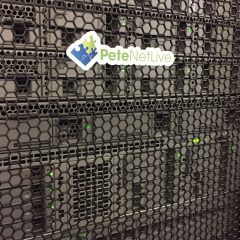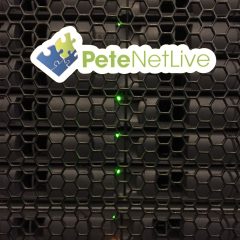O365 with Duo MFA (Without a P1 License?)
KB ID 0001737 Problem Working for a cloud service provider, (and a Duo partner). I get a lot of queries about Duo MFA for Office 365. Typically (I think) the best solution is to enable Azure Conditional Access and couple that with Trusted sites, so clients get challenged when out on the road, but not in the office. The drawback of this is Azure Conditional Access requires a P1 License, at time of writing that’s about $6 a month...
Microsoft Certificate Services Configuring OCSP
KB ID 0001084 Problem I seem to have done a lot of PKI the last 18 months. This week I needed an OCSP server deploying for the CA server on my test bench so I took the time to document it for future use. One of the most overlooked parts of a PKI deployment, is how to cope with ‘revoking’ certificates. Traditionally this has been done with a CRL, but there is a downside to CRL’s. Network devices tend to cache them,...


